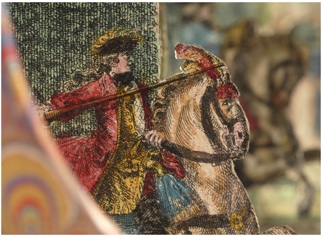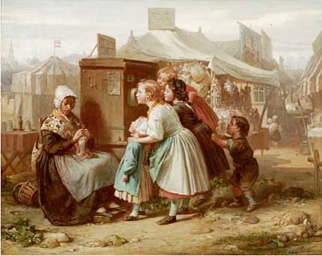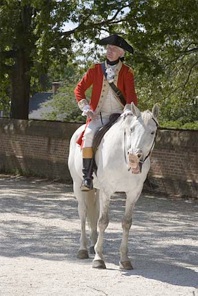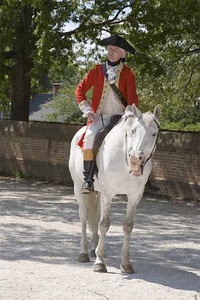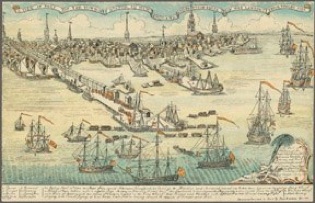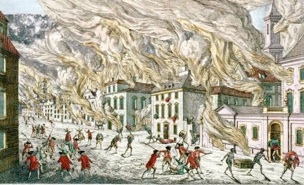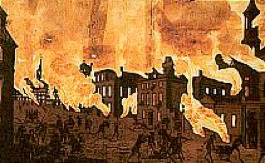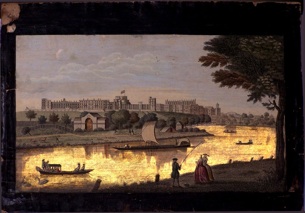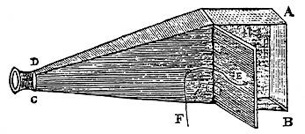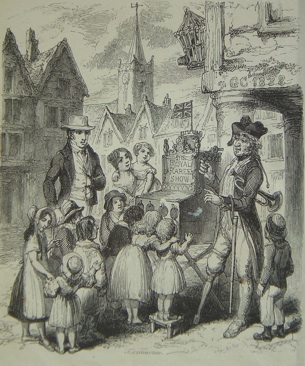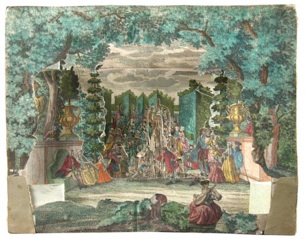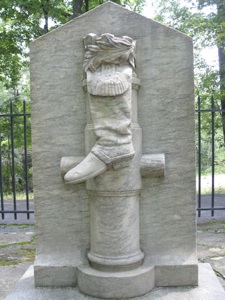The Magical Mystery Tour
by D.H.T. Shippey & Michael Burns
“Have you ever dared dream of looking upon the burning mountain of Vesuvius, or with your eyes closed envisioned the long colonnades in the Palace of the Grand Turk? Would you dare look on at the fateful moment of Thomas a’ Becket’s Assassination or witness the amazing displays of courage at the Battle of Bunker Hill? Have you ever seen such wonders before? No, never! Presently I can show you all of these and more contained right here in this most amazing box. Now attention, while I describe them. There is no purpose to seeing fine sights and learning nothing from them; my maxim has always been, delight the eye, inform the head, and correct the heart. Now then, Your attention...”
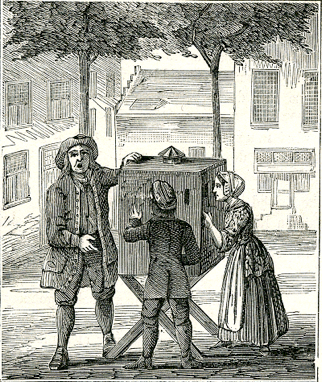
So would begin the wonderful raree show (derived from rarity show), a traveling peep show that would appear at town faires, market days, court days, muster days or any other of the “public” days when people gathered. The operator of the show would often blow a horn or ring a bell to draw a crowd before beginning his spiel. Period depictions show children gathered around the raree show, but there can be little doubt that they were enjoyed by adults as well.
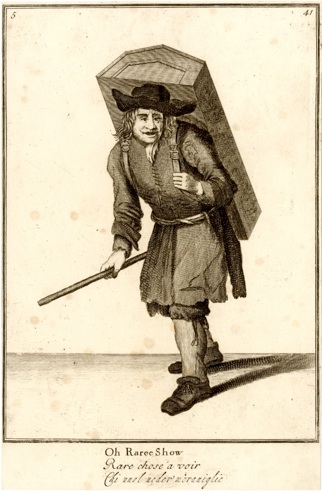
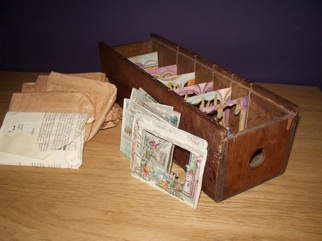
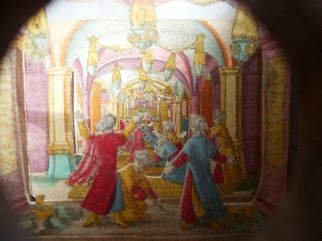
The invention of the techniques used in the raree show box dates back at least to the mid 15th century when Leon Battista Alberti, a priest, artist, author, architect and more, painted scenes on pieces of glass and placed them inside a camera obscura. These scenes created exaggerated illusions of depth and used backlighting for dramatic effect. Alberti even placed small three-dimensional figures in the scenes for greater reality.
